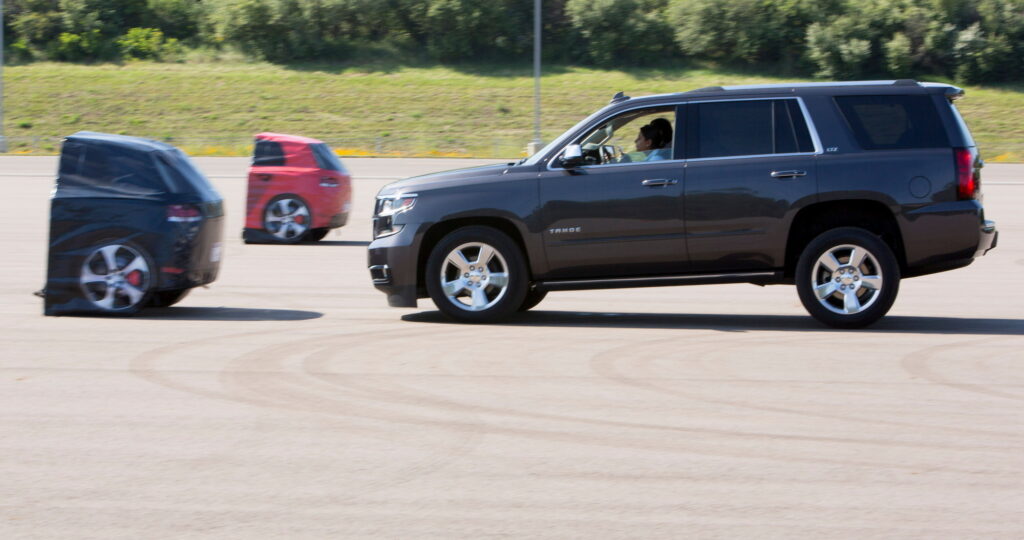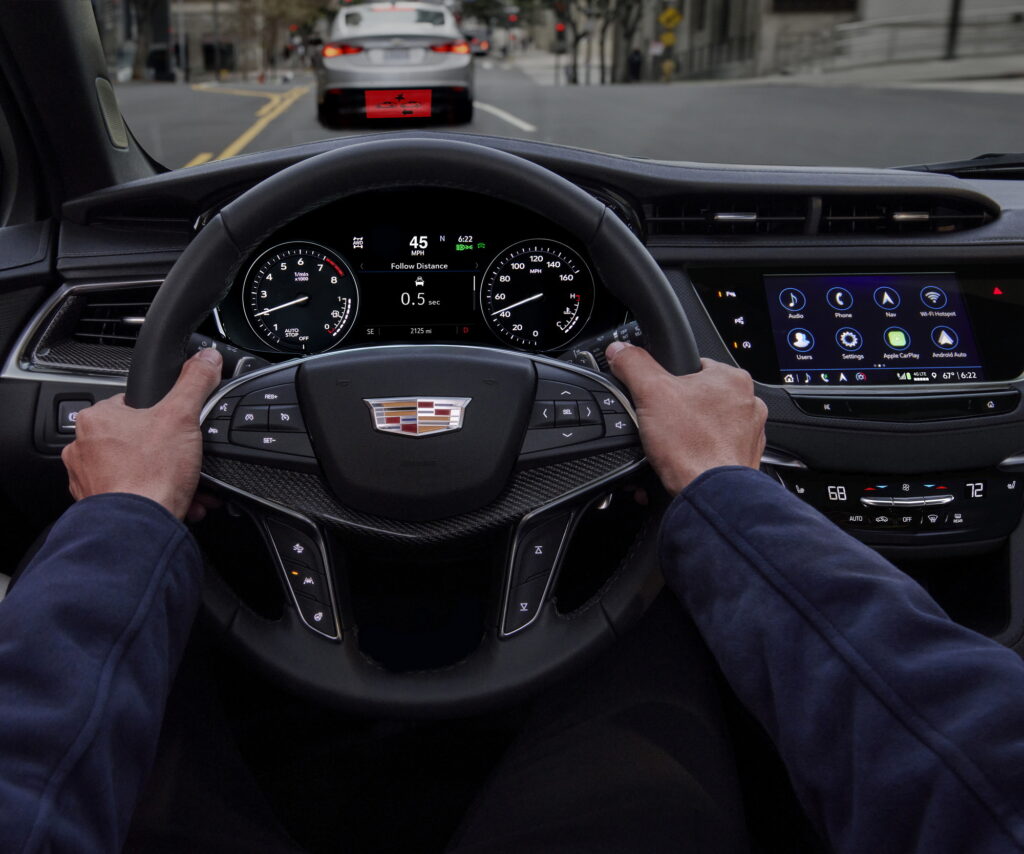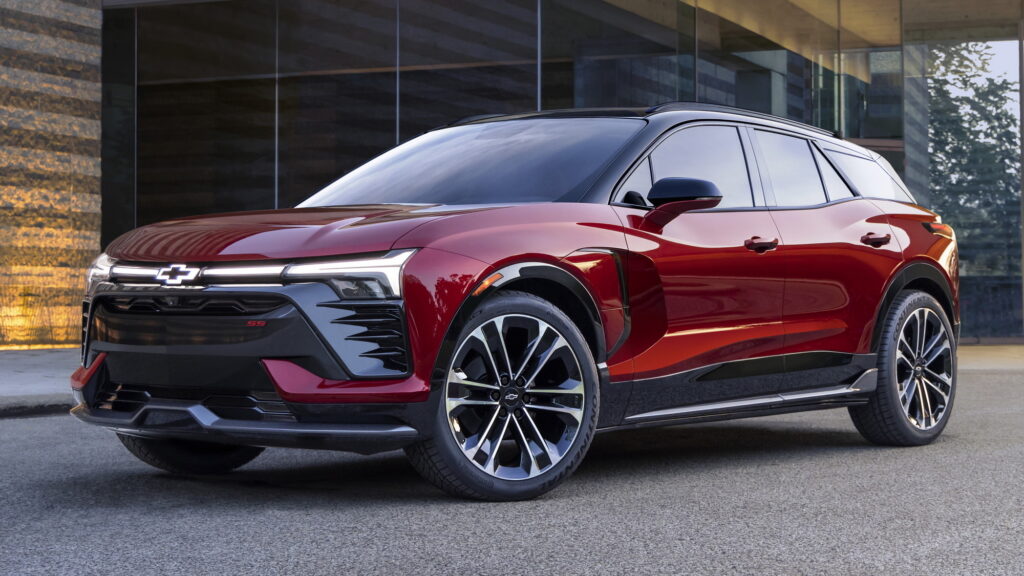General Motors has announced that it will include an automatic emergency braking system, as well as four other active safety technologies on all electric vehicles, and the majority of non-electric vehicles, starting this year.
In addition to the system that automatically applies the brakes when a vehicle determines that a collision is imminent, the automaker will also include forward collision alert, front pedestrian braking, lane keep assist with lane departure warning, and automatic high-beam control in every new EV, and 98 percent of all vehicles it makes from now on.
The declaration follows an announcement from NHTSA, with the federal regulator proposing new rules to make AEB systems mandatory on all automobiles with a gross vehicle weight of less than 10,000 lbs (4,396 kg).
Read: U.S. Regulators Propose New Tests For Pedestrian Safety Tech

The official rule will come despite an industry-wide agreement to adopt the active safety technology. Although the agreement was effective, with NHTSA estimating that 90 percent of new vehicles are equipped with AEB, it said that with these rules it wants to set standards for their efficacy, and ensure that they better protect pedestrians, especially at night, when they are most vulnerable.
That rule will take at least three years to come into effect, but NHTSA predicts that its implementation will save 360 lives per year and reduce injuries by 24,000 per year. General Motors suggests that its suite of active safety technology could do even more.
A study of its systems by the University of Michigan Transportation Research Institute found that AEB and forward collision alert reduced rear-end crashes by 42 percent, while front pedestrian braking reduced those accidents by 23 percent.
Moreover, lane keep assist reduced collisions related to roadway departure by 15 percent. Meanwhile, its automatic high-beam assistance technology cut nighttime collisions with animals, pedestrians, and cyclists, by 22 percent.
“GM has gone well beyond the safety commitment we made to our customers for the 2023 model year, with a handful of additional standard safety features shown to bring real-world results,” said John Capp, director, Vehicle Safety Technology, Strategy and Regulations. “As we look ahead toward a future vision of zero crashes, zero emissions and zero congestion, these technologies are significant building blocks with proven benefits for reducing common crashes.”









